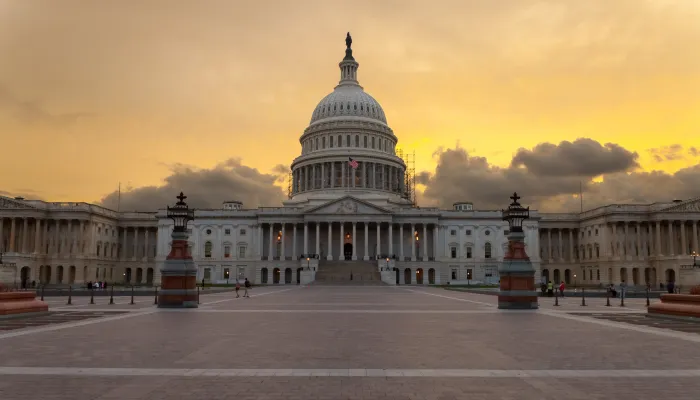CRFB Examines the Budget Process At Age 40
Yesterday, the Commmittee for a Responsible Federal Budget released a paper detailing the problems with the federal budget process. In light of the 40th anniversary of the enactment of the Congressional Budget and Impoundment Control Act of 1974 this past Saturday, the paper details many problems facing the current budget process.
The paper focuses on three main issues -- each with many aspects to them -- with the modern budget process: lack of transparency, lack of accountability, and lack of a long-term focus. These issues have resulted in poor planning and policy around the debt, with the process increasingly becoming ad hoc, ineffective, and short-sighted in practice.
The lack of transparency relates to many issues with the presentation and oversight of the budget. These problems include the presence of multiple budget presentations that confuse lawmakers and the public, conflicting or overlapping spending categorizations, and potentially misleading definitions of government spending and revenue. These issues and others make it more difficult for government officials and citizens alike to sort out the budget, and it makes oversight more difficult for lawmakers.
The lack of accountability has to do with the ineffectual nature of the budget process in getting lawmakers to actually follow it. Increasingly, policymakers have missed deadlines on putting out budget resolutions and appropriations bills, leading to a more haphazard method of putting together the budget. In addition, lawmakers have failed to back up budget plans they do put out with real enforcement, and budget rules have often proven too easy to work around.

Finally, the lack of a long-term focus has led policymakers to ignore or at least de-emphasize the most pressing concern for the budget: the unsustainable long-term trajectory of debt. Instead, the ten-year budget window for evaluating legislation leads to emphasis on short-term savings or, worse, policies that actually cost money in the long term. The window also de-values policies which produce little savings upfront but substantial savings outside the budget window. These issues with the process lead to the wrong focus for policymakers in controlling debt.
This paper is the first of several reports CRFB will publish on the budget process. The papers to be released in the coming months will address the problems identifed in this paper, working to create a budget process which allows policymakers to better control debt, set priorities, and conduct effective oversight. While budget process reform is not a silver bullet for our budgetary woes, it can help facilitate a better federal budget.
Read the full paper here.


